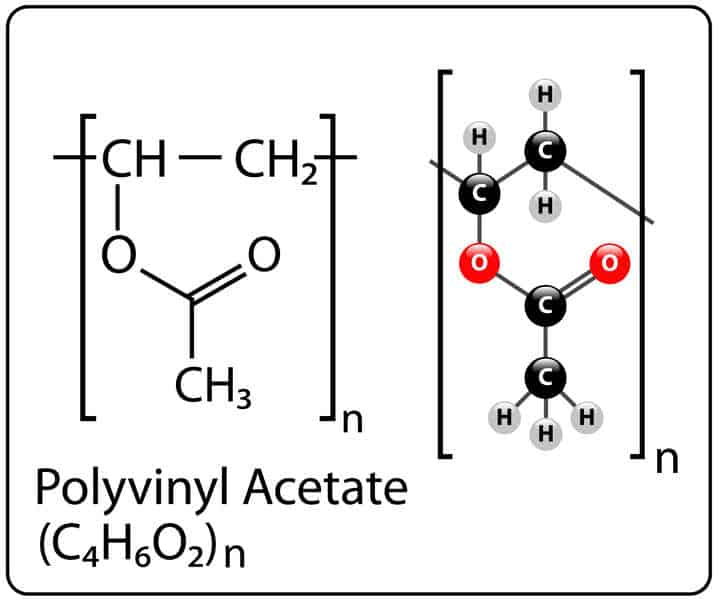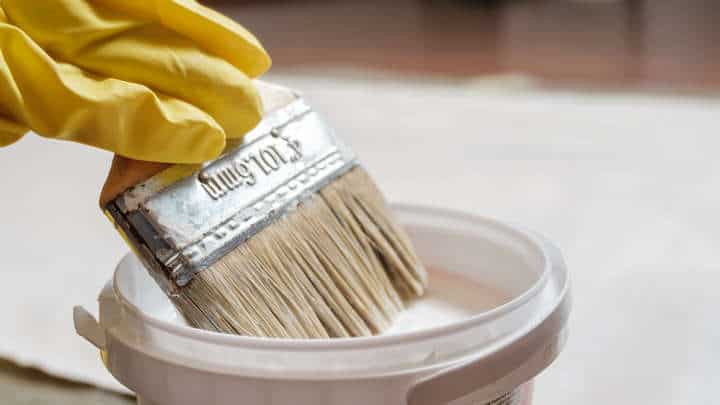Polyvinyl acetate (PVA) is a synthetic polymer with many industrial applications. It’s a type of thermoplastic, which means it can be melted and reshaped when heated. PVA is also soluble in water and has good adhesion properties, making it suitable for glues, paints, coatings, and textiles.

One of the advantages of PVA is that it’s biodegradable and environmentally friendly. Unlike other plastics, it doesn’t release harmful chemicals or microplastics into the environment when it degrades. It can also be blended with other materials to enhance its properties or create new products.
You can find reliable PVA suppliers online if you’re looking for high-quality PVA for your projects. They can offer you various PVA products with different grades and specifications. You can also get expert advice and technical support from them.
Moreover, if you’re curious about the fascinating applications of PVA, you’re in the right place. So, keep reading to discover the diverse uses of this remarkable compound.
1. Adhesives
What sets PVA apart is its exceptional adhesion to porous materials. Whether working with wood, paper, fabric, or leather, PVA ensures a strong and reliable bond. It’s like having a secret weapon that securely holds everything together.
Need to mend a broken chair leg? PVA wood glue will do the trick. Working on a craft project with paper? PVA paper glue will keep things neatly in place. Even with fabric, PVA fabric glue is your go-to choice for securing seams or adding embellishments.
So, whether you’re a craft enthusiast, a woodworking aficionado, or just tackling everyday repairs, you can count on PVA-based adhesives to provide the bonding power you need.
2. Carpentry And Woodworking
Whether you’re working with solid wood, laminates, veneers, or other wooden components, PVA-based adhesives provide reliable bonding that withstands the test of time. They create a strong and secure connection, giving you peace of mind knowing that your woodworking creations will hold up even under heavy use.
Imagine crafting a beautiful piece of furniture or building a sturdy wooden structure. PVA-based adhesives are there to lend a helping hand, allowing you to bond different wooden pieces seamlessly. They make everything possible, from assembling intricate joints to affixing veneers with precision.
With PVA, you can confidently tackle carpentry and woodworking projects, knowing that the bonds formed will be robust and long-lasting. It’s no wonder that PVA-based adhesives have become a trusted companion for carpenters and woodworkers worldwide, enabling them to bring their creative visions to life.
3. Paper And Packaging
The paper industry relies on PVA for many applications, each contributing to the quality and functionality of paper products. One significant area where it shines is in surface sizing and coating.
Applying PVA solutions to paper enhances the strength and durability of the fibers, ensuring that the paper can withstand various handling and printing processes. This makes the paper less prone to tearing or wrinkling, making it more reliable for various applications.
Moreover, PVA’s magic doesn’t stop there. It also works wonders in improving paper surfaces’ printability, smoothness, and glossiness. The paper becomes more receptive to inks by incorporating PVA, allowing for vibrant and sharp print results. Additionally, the smooth and glossy finish enhances the paper’s overall visual appeal, adding a touch of professionalism.
But PVA’s contribution to the paper and packaging industry doesn’t end with surface enhancements. Thanks to their strong and reliable bonding capacity, PVA-based adhesives find extensive use in paper and cardboard packaging.
4. Textile And Nonwoven Industry
In the textile industry, PVA is used in warp sizing, providing strength and stiffness to the yarns during weaving. It’s a crucial process that ensures the woven fabric has a consistent structure and appearance. PVA-based sizing agents are preferred over other alternatives because they’re easy to remove and don’t leave any residue on the fabric.
Moreover, PVA fibers are becoming increasingly popular in the nonwoven fabric industry. They make great filters, wipes, and medical textiles due to their unique properties, including high strength, low elongation, and high moisture absorbency. They can also be blended with other materials to improve performance and create new products.
5. Construction
In the construction industry, PVA has become an asset. When it comes to tile installation, PVA-based adhesives come to the rescue. They provide a reliable bond between tiles and the substrate, ensuring they stay firmly in place even under heavy use or exposure to moisture. These adhesives offer peace of mind, knowing that your beautifully tiled surfaces will remain intact for years.

Furthermore, PVA-based formulations are applied in crack fillers, effectively sealing and repairing cracks in mortar and concrete surfaces. These formulations penetrate deep into the cracks, providing a strong bond and preventing further deterioration.
Conclusion
Whether you’re a craftsman, a manufacturer, or a DIY enthusiast, incorporating PVA into your projects can significantly enhance their quality and performance. So, as you delve into your next project, consider the remarkable applications of PVA and unlock the full potential of this special compound.

